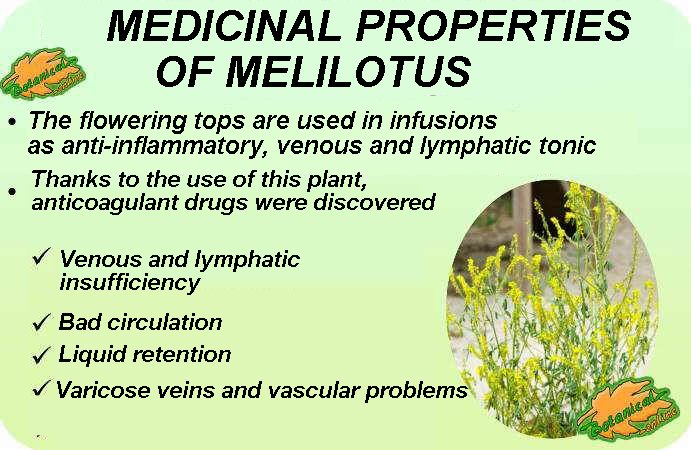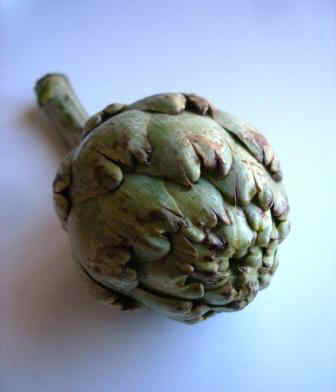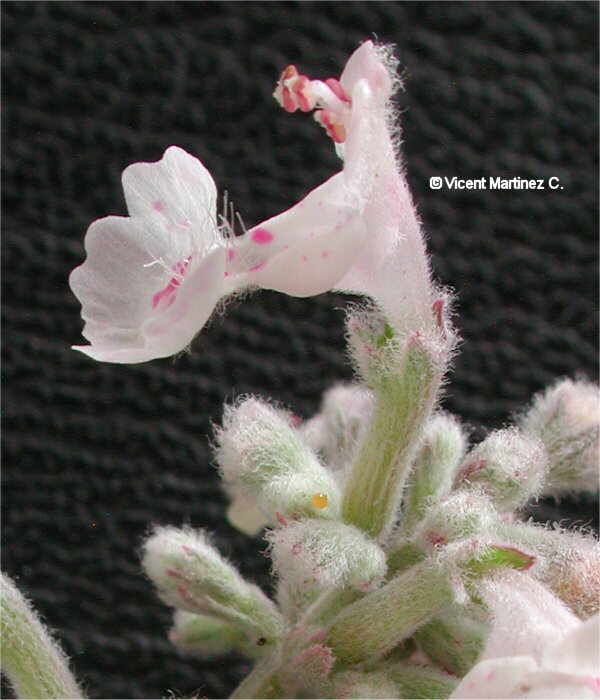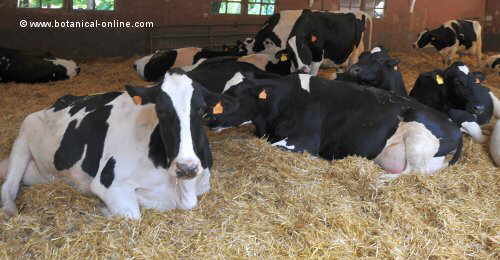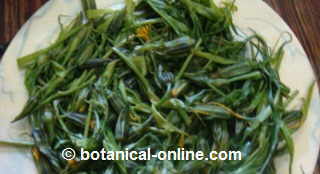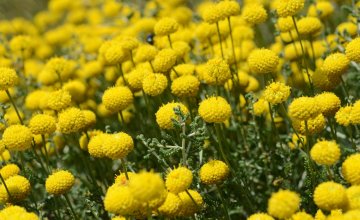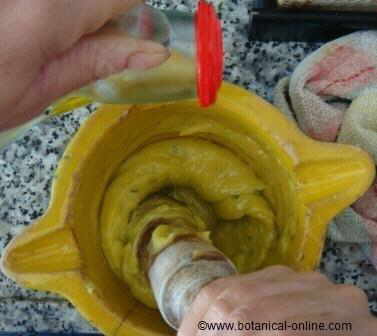Contents
Can we eat pigweed?
Contraindications of pigweed (Chenopodium album)
Pigweed has not a high or worrisome toxicity, provided that only the edible parts, which are the tender leaves, are consumed.
However, the plant has components that make it contraindicated in certain cases.
In addition, there are certain considerations to take into account before consuming this plant to avoid possible adverse effects.
Which parts of the plant are edible and which are not?
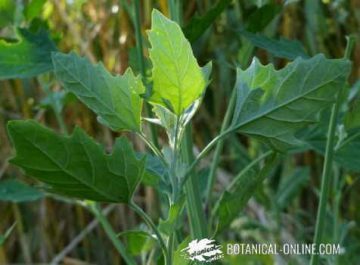
- The tender leaves of pigweed are edible, that is to say, the 4-6 leaves that are in the terminal parts of the stems. Some people consume the grains or seeds of pigweeds, previously washed and boiled or cooked.
- It is not advisable to consume the old leaves of the plant, which are woody (lower organoleptic quality than tender leaves), and that toxicologically can have more nitrates. If they were consumed, it should be boiled a few minutes more than the tender leaves.
- The roots are not edible.
What contraindications does pigweed have?
Pigweed is an edible plant that has the following contraindications:
- Sun exposure: This plant is phototoxic and those who consume it, raw or cooked, should not be exposed to the sun after ingestion. It has components that produce photosensitivity and even cases of ulcers on the skin have been reported.
- Allergy: The pollen of the plants of the Amarantáceas family is one of the causes of rhinitis and asthma.
- Babies and small children: Babies and young children should not ingest this plant as they are very vulnerable to nitrate-rich foods, which can lead to blue baby syndrome. For the same reason, young children should not consume too many Swiss chard and spinach in their purées.
- Gastritis and delicate stomachs: Excessive plant can produce pain and stomachal discomfort due to the content of nitrates and oxalates.
- Side effects: Some chenopodiaceous plants, due to their content in ascaridol, have produced nausea, vomiting and diarrhea.
Can pregnant and lactating women eat pigweeds?
Although official sources always call for caution in these matters, theoretically, the tender leaves of the pigweeds have traditionally been used as food during pregnancy.
Therefore, they could be consumed as a common vegetable in the diet for pregnancy, to which they would contribute much folic acid and fiber, just like spinach or Swiss chard. Of course, it is recommended to consume them better previously boiled, only the most tender leaves of the plant (upper leaves).
On the other hand, there is much more caution with the ingestion of the seeds of the plant. These may contain an essential oil rich in ascaridol. The seeds of congeneric plants such as epazote were used for abortive purposes due to the presence of this component. Therefore, the ingestion of pigweed seeds in pregnancy is not recommended.
Dangers of eating edible wild plants as pigweeds
Finally, but not least, one of the great dangers of pigweeds consumption is the possible confusion with other potentially toxic plants such as jimsonweed (Datura stramonium), which shares habitat with this species.
There have been numerous cases of poisoning for this cause. The consequences have led these people to the hospital, and they can be serious in children.
![]() More information on pigweed
More information on pigweed

